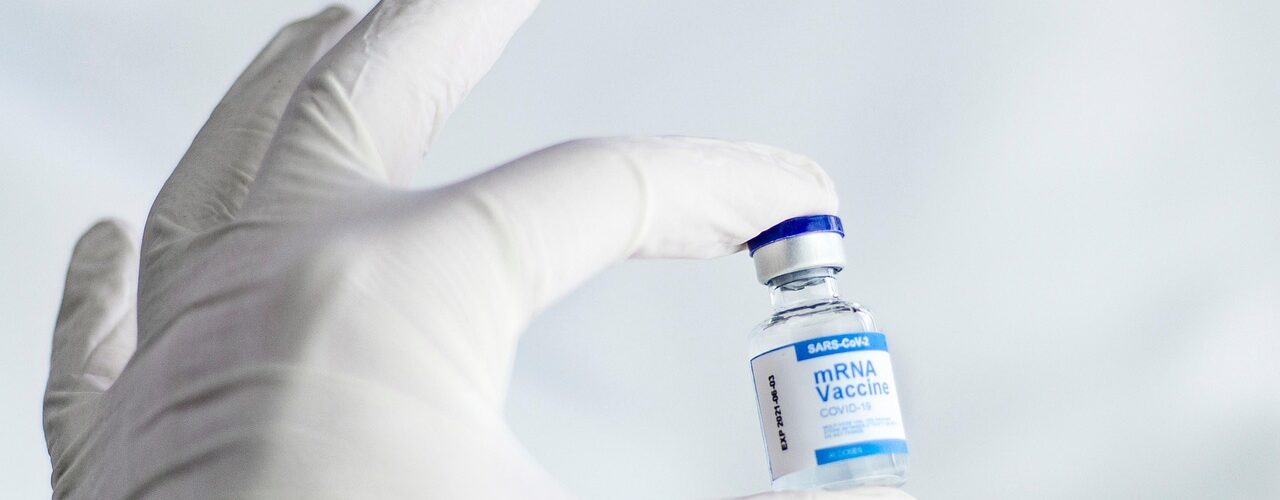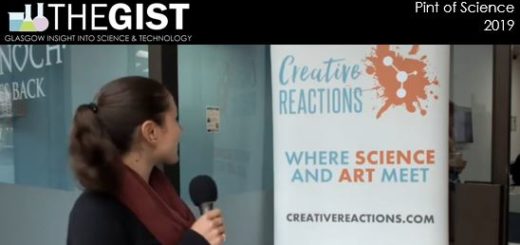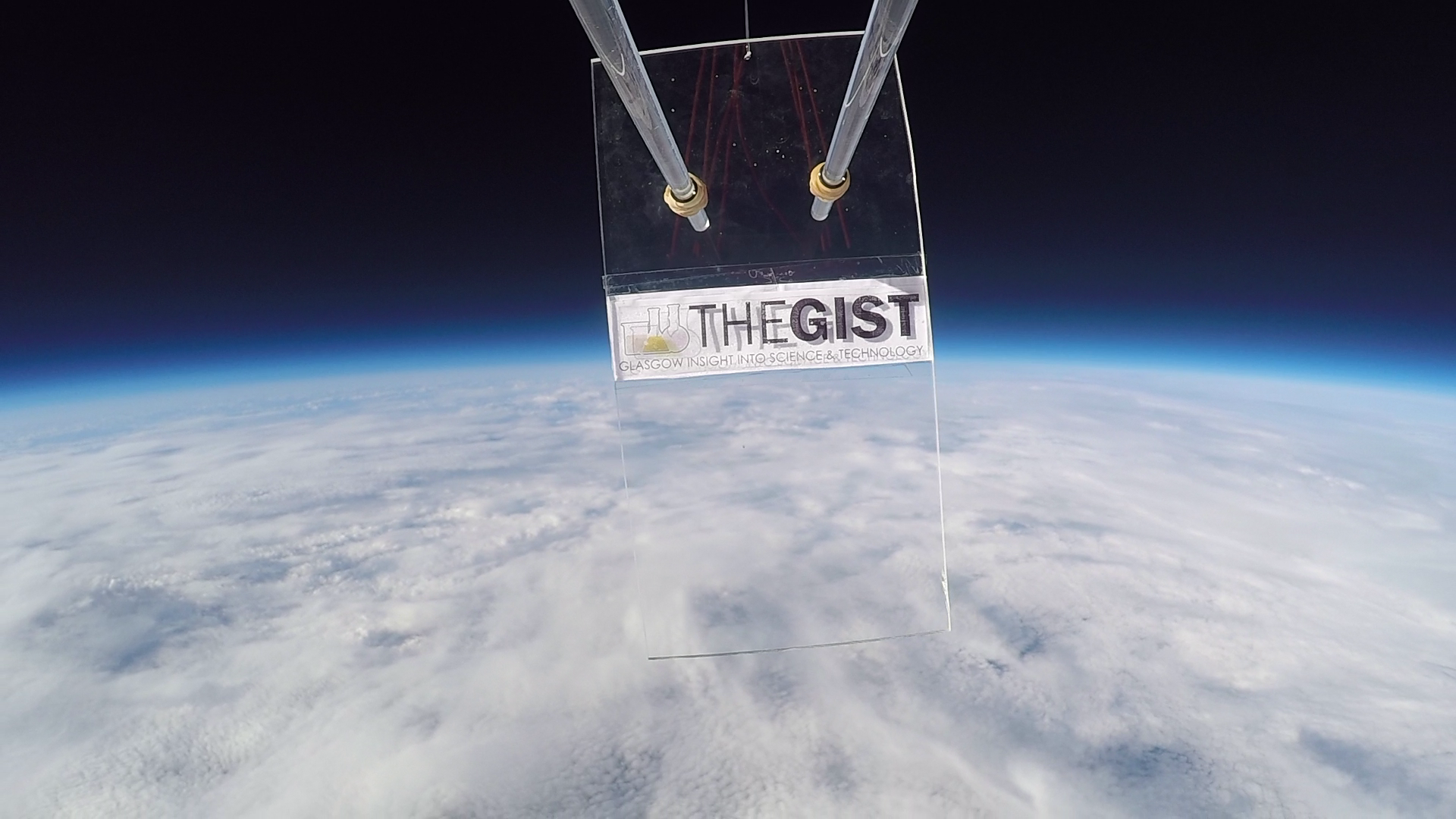mRNA vaccines: the 40-year discovery that changed the future

Arriving with unmatched speed, COVID-19 vaccinations based upon messenger RNA (mRNA) formulations were approved in late 2020 [1]. Unlike conventional vaccines that use attenuated viruses or viral proteins to trigger an immune response, mRNA vaccines operate by sending genetic instructions. Specifically, they have synthetic mRNA strands instructing the body’s cells to generate a harmless viral protein like the spike protein on SARS-CoV-2. This protein is then identified by the immune system, which mounts a defence and remembers it, generating protection without actually encountering the virus [2]. mRNA vaccines are perfect for pandemic response since they can be designed and produced considerably more quickly than conventional vaccines because they don’t require cultivation of live viruses or cells [2]. The true narrative of mRNA vaccines, however, started decades ago and is an amazing story of tenacity, scientific creativity, and long-overdue acknowledgement.
The roots of mRNA research go back to summer of 1961, when scientists uncovered messenger RNA and started investigating its function inside cells [5]. They played around with liposomes—little fat bubbles that could transport mRNA into cells—in 1978 [3][6]. A major turning point came in 1987 when young researcher Robert Malone combined mRNA with cationic lipids and demonstrated that human cells could take it up and generate proteins [1]. Though this was a promising early result, significant challenges remained. At the time, synthetic mRNA was unsuitable for therapeutic use: it was unstable, rapidly degraded, and—most critically—triggered excessive immune responses [3]. Rather than eliciting a protective response as vaccines are intended to do, this inflammation was non-specific and harmful to the host, posing a major barrier to clinical application.
Most of the scientific community found mRNA too challenging to use during the 1990s. There was little money and little interest from pharmaceutical companies. Meanwhile, one researcher was adamant. A Hungarian-born researcher based at the University of Pennsylvania, Katalin Karikó, saw mRNA as an avenue for disease treatment [1]. She stayed dedicated to the concept despite funding organisations’ ongoing denials and a university demotion in 1995. She started working with Drew Weissman, an immunologist also at Penn, in 1997 to investigate how the immune system identifies foreign RNA [1]. They both sought to understand why synthesised mRNA caused such robust immune reactions.
Their discovery in 2005 that changing one of mRNA’s usual building blocks—uridine—with a modified version known as pseudouridine made the molecule undetectable to the immune system [1][3]. While maintaining the mRNA’s capacity to direct cells to produce proteins, this chemical modification avoided immune activation and inflammation. The two had found how to make mRNA both safe and stable, marking a turning point in research. Later studies in 2008 and 2010 revealed that this change not only made the method safer but also more efficient by significantly raising the amount of protein generated in cells [1][3]. At first, their results were mostly ignored. Though they had possibilities, Karikó and Weissman found it difficult to obtain significant research funds given their patents were licensed by the University of Pennsylvania for only $300,000, a modest sum in the world of biomedical innovation. For comparison, foundational CRISPR patents that paved the way for gene-editing have been the subject of legal battles and licensing deals worth hundreds of millions of dollars, and even individual therapeutic compounds can sell for over $1 billion in acquisition deals [7]. The undervaluation of their mRNA breakthrough highlights the risks of early-stage innovation in academia and underscores the importance of understanding how IP rights, licensing agreements, and research funding intersect in the commercialisation of science [1].
Aided by yet another crucial innovation—lipid nanoparticles (LNPs)—biotech firms such as Moderna, CureVac, and BioNTech were quietly building platforms for mRNA-based treatments [3]. Developed in part by Canadian biochemist Pieter Cullis, these tiny fat bubbles provided a consistent and effective delivery system that protected the fragile mRNA from degradation and facilitated its entry into cells. While mRNA vaccines, including those from Pfizer-BioNTech and Moderna, can still cause side effects such as pain at the injection site, fatigue, fever, and muscle aches—as reported by the CDC [8]—LNPs played a pivotal role in reducing the more severe inflammatory reactions previously observed with unmodified mRNA delivery [3]. Though no mRNA therapeutic had yet been authorised at the time, by the late 2010s mRNA vaccines were already undergoing early-stage research for viruses such as Zika and MERS.
The COVID-19 pandemic then ensued. Chinese researchers released the genomic sequence of the new coronavirus in January 2020. Within days, BioNTech and Moderna (allied with Pfizer) had created prototype mRNA vaccines encoding the spike protein. Human trials had started by March, and both vaccinations were approved for emergency use by December, with more than 90% efficacy—outcomes that surpassed even the most hopeful projections [1][3]. These were the first mRNA treatments ever sanctioned for human use, and they performed remarkably well. mRNA technology rapidly achieved household recognition as billions of doses were given globally. The science that made it feasible had been tirelessly built over decades. Katalin Karikó and Drew Weissman got the Nobel Prize in Physiology or Medicine in 2023 for their finding of nucleoside base changes in mRNA, which allowed the creation of potent COVID-19 vaccines [4]. Their narrative became a beacon of tenacity in the face of scientific scepticism and their work eliminated the barriers keeping mRNA from healthcare. Karikó, who formerly laboured alone in obscurity hand-pipetting RNA in a borrowed lab, became just the 13th woman in history to earn the Nobel Prize in medicine [4].
The mRNA revolution is only starting to unfold. Apart from infectious diseases, mRNA technology is being investigated for use in genetic disorders including cystic fibrosis, personalised cancer vaccines, and even autoimmune diseases [3]. mRNA is well suited for future pandemic response since it is quick, scalable, and does not need live virus, and it might one day be a cornerstone of contemporary medicine. A few academics who saw promise where others saw issues started what began as a fringe hypothesis which developed into one of the most potent instruments in scientific research. The success of mRNA vaccines was not instantaneous; it was constructed over more than 40 years.
Thanks to the tenacity of so many researchers around the globe and decades of work, now we have a technology that not only altered the direction of a pandemic but continues to redefine how we treat diseases for years to come.
- www.nature.com/articles/d41586-021-02483-w
- www.nature.com/articles/nrd.2017.243
- www.uk-cpi.com/blog/from-discovery-to-nobel-prize-the-incredible-story-of-mrna-vaccines
- www.science.org/content/article/mrna-discovery-paved-way-covid-19-vaccines-wins-nobel-prize-physiology-medicine
- https://linkinghub.elsevier.com/retrieve/pii/S0960982215006065
- https://www.nature.com/articles/274921a0
- https://www.biospace.com/business/ongoing-crispr-patent-dispute-complicates-licensing-but-hasnt-deterred-gene-editing-investment
- https://www.cdc.gov/vaccine-safety/vaccines/covid-19.html
Edited and copy-edited by Cameron McKeddie






